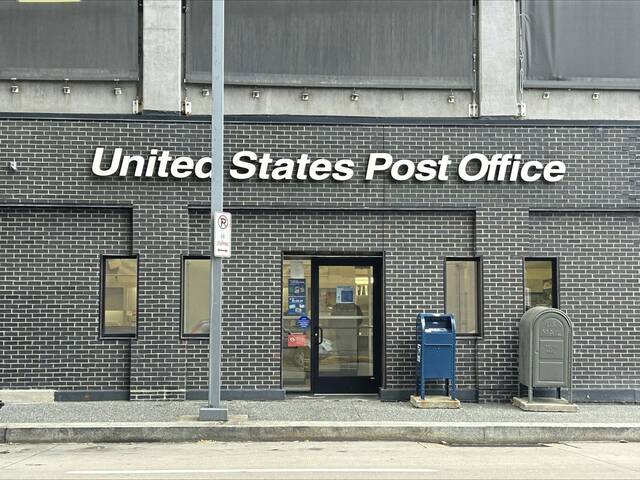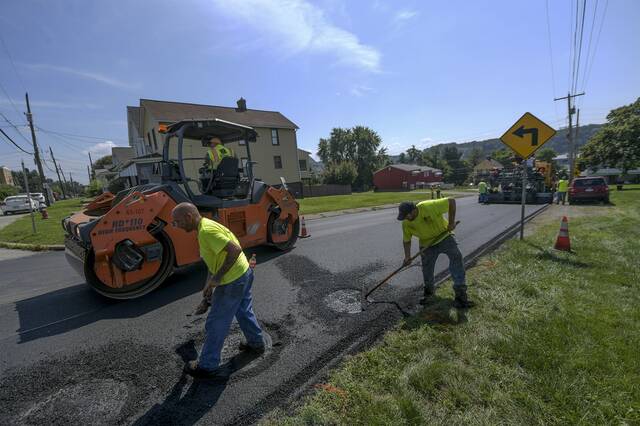Elected and appointed government officials have a troubling habit of engaging in what we’ll call “sound bite promotion.” They go on a radio or television program making wondrous claims of economic progress yet offer only vague support of those claims and seldom are challenged by their interviewers.
Thus, for the public at large, these public figures’ contentions become articles of faith, “facts” by default, if you will. They must be true because the official said so, repeatedly, and no counter information was presented.
Consider the case of Allegheny County Chief Executive Rich Fitzgerald. He has been touting how great the county economy has been doing since 2000. But as an analysis by the Allegheny Institute for Public Policy concludes, there’s little to tout.
“In short, Allegheny County’s economic performance, as measured by household employment and labor force gains in comparison with the nation and state and several (comparable) counties, has not fared well over the last two decades,” says Frank Gamrat, executive director.
“Of course, part of that story is tied with the loss of population,” he notes. “But it all comes down to the availability of jobs and the business climate. Job availability draws people to a county and boosts labor force and employment levels.”
A review of household employment data (provided by the U.S. Bureau of Labor Statistics) compared Allegheny County’s numbers for counties that host cities for which their metro areas are named. They are Mecklenburg, N.C. (Charlotte); Hamilton and Cuyahoga (Cincinnati and Cleveland); Marion, Ind. (Indianapolis) and Bexar, Texas (San Antonio).
Household employment stood at 612,461 people in Allegheny County in 2000 (based on the 12-month average for the year cited). In 2019, employment had increased to 625,287, up 2.1%.
That was fourth best among the peer counties, ahead of Cuyahoga’s negative 11.4% and Hamilton’s negative 1.4%. But it was well behind Mecklenburg’s 57.5% household employment growth in the same period, Bexar’s 45.7% increase and Marion’s 7.8% rise.
“Nationally, household employment rose 15% and Pennsylvania’s count moved up 6.5%,” says Gamrat.
Allegheny County trailed its comparable counties even in the post-recession years of 2010-19. It y saw an increase of 6.4% in that period but that bested only Cuyahoga’s 1.8% gain. The county’s household employment growth again fell far below its peers.
But that’s not the only pertinent metric. When considering labor force growth, Allegheny County again posted lackluster results.
In the 2000 to 2019 period, the county’s labor force rose barely 2%, from 638,137 to 650,557. It rose 6.5% statewide and 14.7% nationally.
The Mecklenburg labor force soared 58.9%; Bexar rose 44.3%; Marion jumped by 8.4%. Both peer Ohio counties, Hamilton and Cuyahoga, saw labor force drops of 1.5% and 10%, respectively.
Labor force numbers are dependent upon the population at large. Allegheny County’s population has continued to shrink (though at a slower rate in the 2010-18 period). Among its peer counties, Mecklenburg’s population jumped 57.3%, Bexar’s rose 42.3% and Marion’s grew 11%. Hamilton County’s 2000-18 population fell 3.4 %, Cuyahoga’s plunged 10.8%.
“(T)he business climate in Allegheny County has been less than ideal for job growth,” Gamrat says. “It is not free-market oriented or business friendly. A large part of that is the stifling regulatory climate coming from the state level but also from the county’s core, the City of Pittsburgh.”








